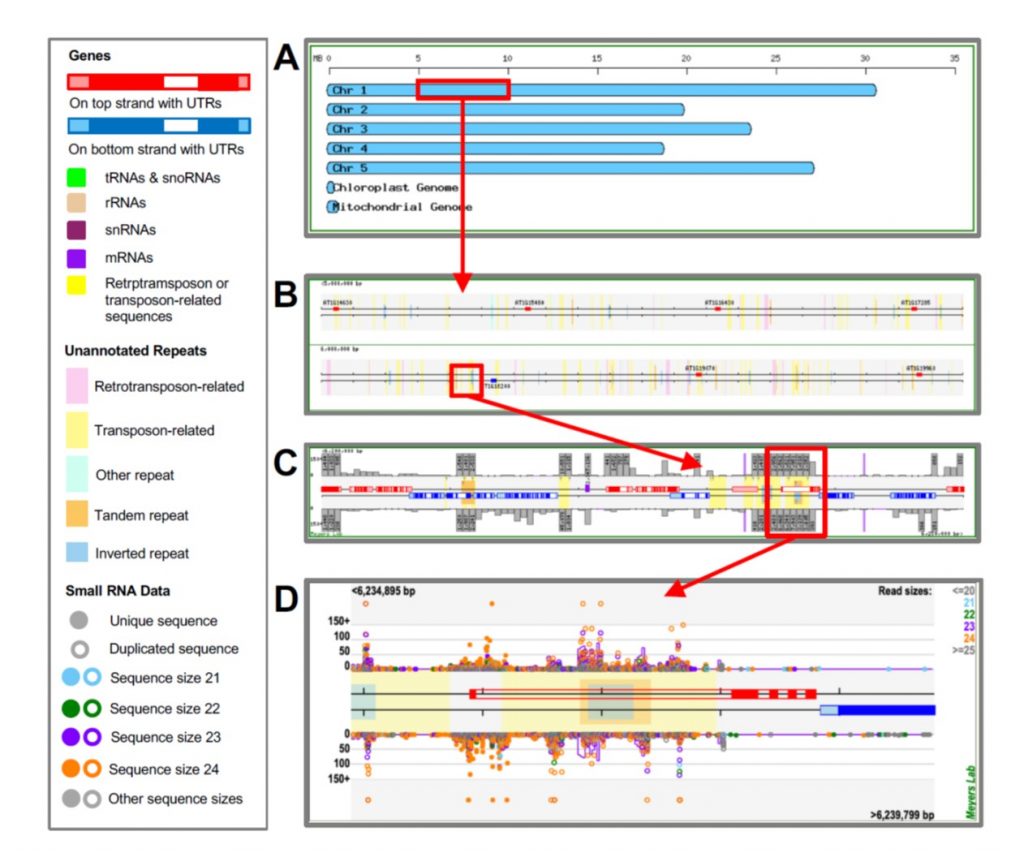
Next-Gen sequence databases: RNA and genomic informatics resources for plants (Plant Physiol)
Drawing on more than 15 years of improvements, Nakano et al. have released public websites and resources for data access, display, and analysis of plant small RNAs, from Arabidopsis to wheat and with many crops and model species represented. The tools can analyze, integrate and display the abundance…

Protocol for rapid clearing and staining of fixed Arabidopsis ovules for improved imaging by confocal laser scanning microscopy (Plant Methods)
This is a very interesting paper that provide a new, fast and easy protocol, with specific step-by-step instructions, for a trustworthy imaging with cellular resolution of fixed Arabidopsis ovules at different developmental stages. The authors combine two previously outlined techniques: clearing of fixed…
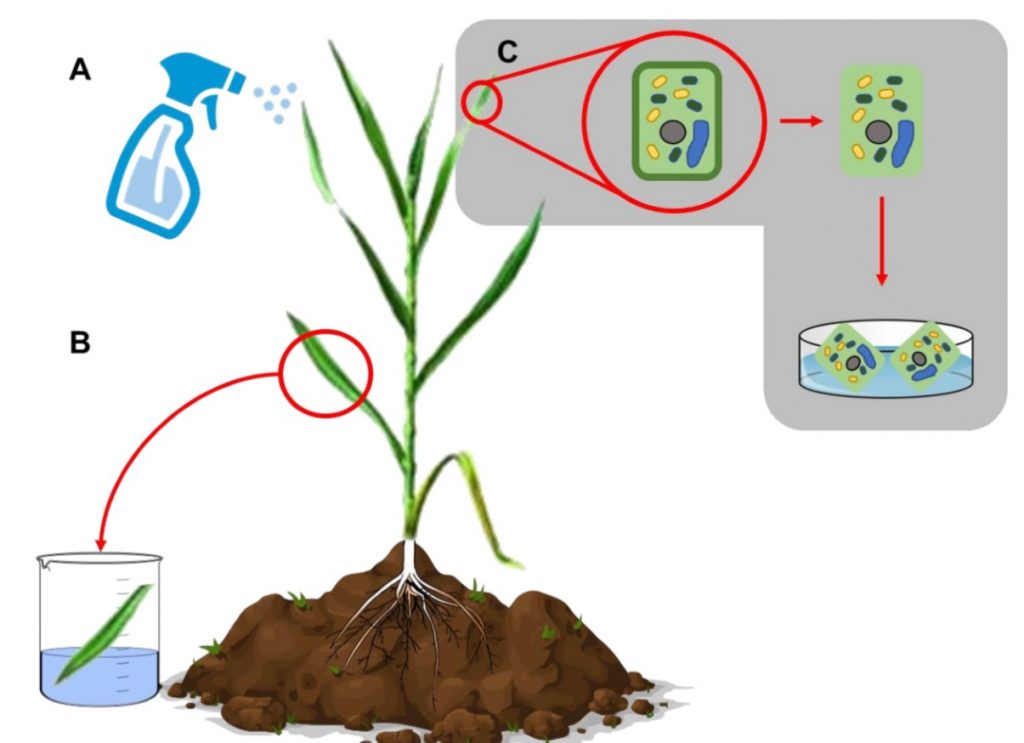
Gene-editing in somatic cells can be achieved by spray-on of carbon dots (bioRxiv)
It’s known to all that plant biotechnology can enhance food security, but there are also inevitable disadvantages of these new approaches. At present, introducing DNA into a plant genome is slow and expensive. Recently, Doyle et al. developed a new method which claims to be simple, inexpensive, fast,…
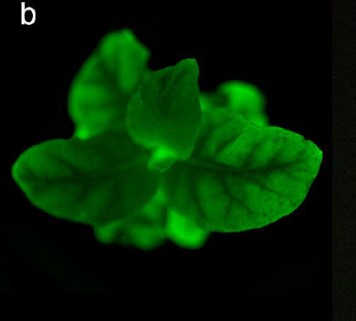
Plants with self-sustained luminescence (bioRxiv)
Nothing beats being able see gene expression in real time and space. In recent years, plant biologists have made great strides in understanding plants by using the visual reporters GUS, green fluorescent protein (and other fluorescent proteins) and luciferase. Each of these requires either a substrate…
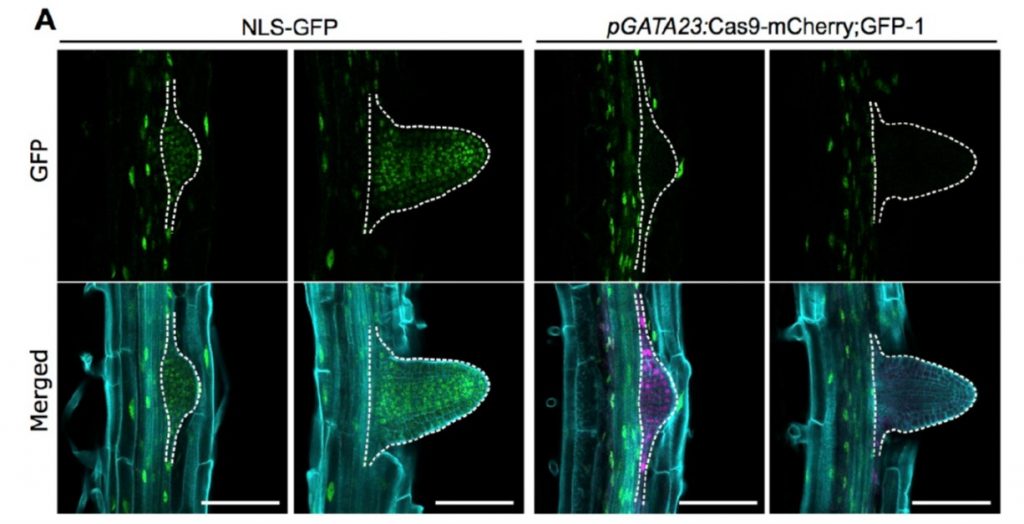
CRISPR-TSKO: A technique for efficient mutagenesis in specific cell types, tissues, or organs in Arabidopsis ($) (Plant Cell)
The ability to introduce base-specific changes through CRISPR/Cas9 gene editing has given scientists fantastic tools with which to understand and modify the genes that control plant development and physiology. New tools and refinements to this toolkit are being developed rapidly. In this new work, Decaestecker…
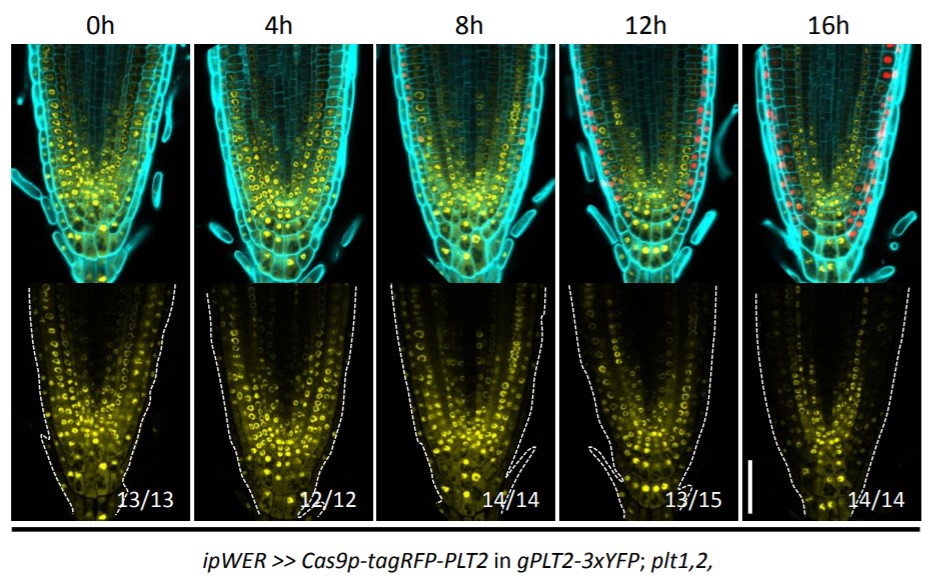
An inducible genome editing system for plants (bioRxiv)
Multiple approaches like T-DNA insertion and small RNA- and CRISPR-Cas9 mediated gene silencing/knockdown are used to alter the expression of specific genes. This allows researchers to understand gene function during plant development or under any physiological condition. The most challenging task in…

High-resolution expression profiling of selected gene sets during plant immune activation (bioRxiv)
The problem with gene expression profiling is that it preferentially reports on the more highly-expressed genes. Capture sequencing uses targeted sequence libraries to pull out transcripts from genes of interest, including lowly expressed genes, so that their signals aren’t overwhelmed. To explore…

Carbon nanotube-mediated DNA delivery in intact plants (Nature Protocols)
One promising use of nanomaterials is the delivery of biomolecules into cells. Demirer et al. report a detailed protocol for Carbon Nano Tube-mediated DNA delivery into intact plants, allowing transformation without transgene integration, that can be used in both model and crop species. In brief, carboxylated…

Chemical screening pipeline for identification of specific plant autophagy modulators ($) (Plant Physiol)
Autophagy is a recycling pathway that supports numerous processes, from nutrient remobilization to abiotic and biotic stress responses. Dauphinee, Cardoso et al. have developed a multi-step pathway that allows them to screen for inhibitors of autophagy in order to build a repertoire of new tools. For…

